The Parthenon is a templeon the Athenian Acropolis, Greece, dedicated to goddess Athena, whom the people of Athens considered their patron deity.
Its construction began in 447 BC when the Athenian Empire was at the height of its power and was completed in 438 BC. It is the most important surviving building of Classical Greece, generally considered the culmination of the development of the Doric order. Its decorative sculptures are considered some of the high points of Greek art.
Th eParthenon is regarded as an enduring symbol of Ancient Greece, Athenian democracy, western civilization and one of the world’s greatest cultural monuments. The temple’s main function was to shelter the monumental statue of Athena that was made by Pheidias out of gold and ivory.
The origin of the Parthenon’s name is from the Greekword parthenon, which referred to the “unmarried women’s apartments” in a house. The name of Parthenon probably means the “temple of the virgin goddess” and refers to the cult of Athena Parthenos that was associated with the temple. The epithet parthénos meant “maiden, girl”, but also “virgin, unmarried woman” and was especially used for Artemis, the goddess of wild animals, the hunt, and vegetation, and for Athena, the goddess of strategy and tactics, handicraft, and practical reason. It has also been suggested that the name of the temple alludes to the maidens (parthenoi), whose supreme sacrifice guaranteed the safety of the city.
The Parthenon construction cost the Athenian treasury 469 silver talents. While it is almost impossible to create a modern equivalent for this amount of money, it might be useful to look at some facts. One talent was the cost to build one trireme, the most advanced warship of the era.
Parthenon & the Acropolis
In the mid-5th century BC, when the Athenian Acropolis became the seat of the Delian League and Athens was the greatest cultural centre of its time, Periclesi nitiated an ambitious building project that lasted the entire second half of the century.
The most important buildings visible on the Acropolis today—the Parthenon, the Propylaia, the Erechtheion and the temple of Athena Nike—were erected during this period. The Parthenon was built under the general supervision of the artist Phidias, who also had charge of the sculptural decoration. The architects, Ictinos and Callicrates, began in 447 BC, and the building was substantially completed by 432, but work on the decorations continued until at least 431.
Some of the financial accounts for the Parthenon survive and show that the largest single expense was transporting the stone from Mount Pentelicus, about 16 kilometres from Athens, to the Acropolis. The funds were partly drawn from the treasury of the Delian League, which was moved from the Panhellenic sanctuary at Delos to the Acropolis in 454 BC.
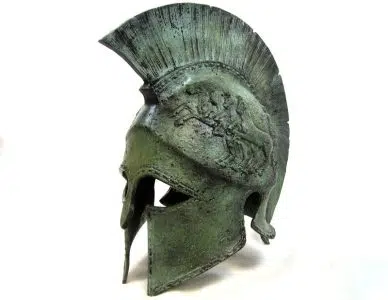

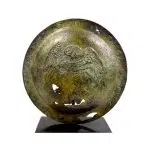
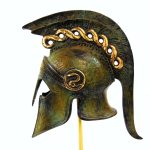
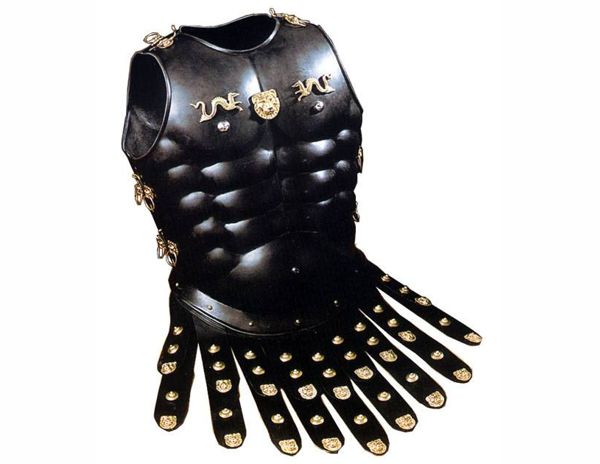

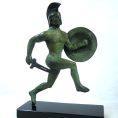
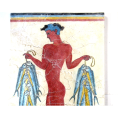


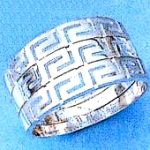

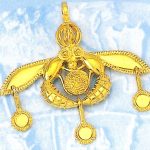
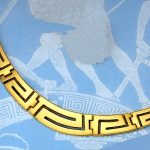
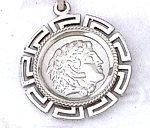

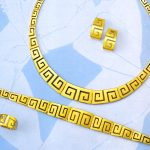


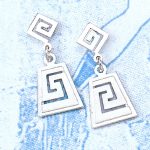


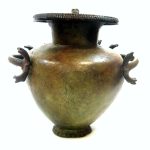
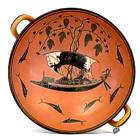
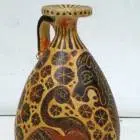


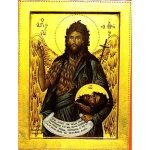

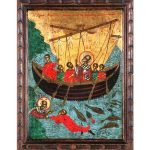
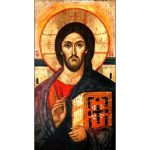
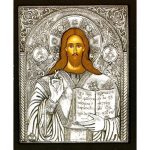
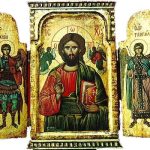
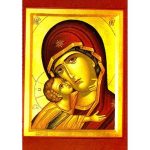
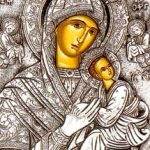


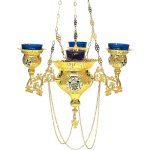












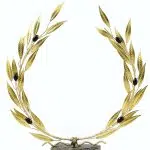

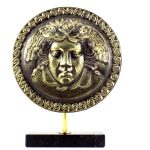













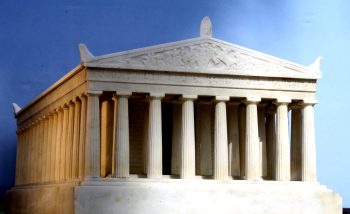



Reviews
There are no reviews yet.